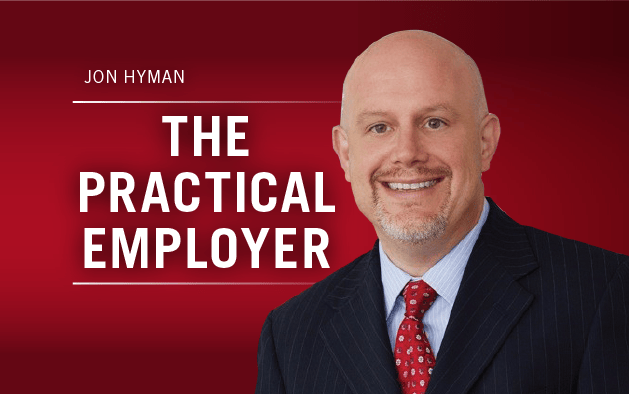Staffing Management
New Study Says Age Discrimination Remains a Persistent Issue for Employers
By Jon Hyman
Aug. 20, 2019
Insurance company Hiscox just released its 2019 Ageism in the Workplace Study [pdf], which revealed some sobering statistics about the growing problem of age discrimination for American employers.
- The number of age-related discrimination charges filed with employers and the EEOC by workers aged 65-plus doubled from 1990 to 2017.
- 44 percent of employees report that they or someone they know experienced age discrimination in the workplace.
- 21 percent report they faced age discrimination themselves.
- 36 percent feel their age has prevented them from getting a job since turning 40.
- 26 percent feel there is some risk they could lose their current job because of age.
- Only 40 percent who experienced age discrimination filed a charge or complaint.
- Employers paid $810.4 million to settle age discrimination charges filed with the EEOC between 2010 and 2018 (excluding litigation).
These numbers are only going to get worse. By 2024, workers age 55 and older will represent 25 percent of the nation’s workforce, with the fastest annual growth rates among those aged 65 and older. Indeed, according to the Hiscox survey, 67 percent of surveyed workers age 40-65 plan to continue to work after they turn 66.
This trend is not without its cost to employers. Age discrimination hurts employers, and I’m not just talking about the $810 million paid in settlement costs.
- It demotivates employees, which can hurt productivity, customer service, and product quality.
- It causes a loss of talent and institutional knowledge, due to experienced workers leaving from a stalled career or hostile environment.
- It causes employers to miss the opportunity of hiring and retaining workers who possess knowledge, experience, good judgment, and commitment to the job.
So, how can an employer help prevent age discrimination from permeating its workplace? The EEOC, in its State of Age Discrimination Report, published last year to commemorate the 50th anniversary of the ADEA, offers the following five suggestions.
1. Leadership needs to create and foster a workplace culture that is committed to a multi-generational workplace where all workers can grow and thrive, which extols ability and reject discriminatory stereotypes and words.
2. Employers and employees must recognize and reject stereotypes, assumptions, and remarks about age and older workers, and treat them no differently than stereotypes, assumptions, and remarks about sex, race, disability, national origin, religion, or other protected classes.
3. Companies should work to increase the age diversity of the workforce by hiring, retaining and engaging employees of all generations,
4. Businesses should implement recruitment and hiring strategies that avoid age bias by seeking workers of all ages and not limiting qualifications based on age or years of experience. These strategies should include training recruiters and interviewers to avoid ageist assumptions and common perceptions about older workers, assessing interviewing strategies to avoid age bias, and having an age-diverse interview panel for prospective employees.
Schedule, engage, and pay your staff in one system with Workforce.com.
